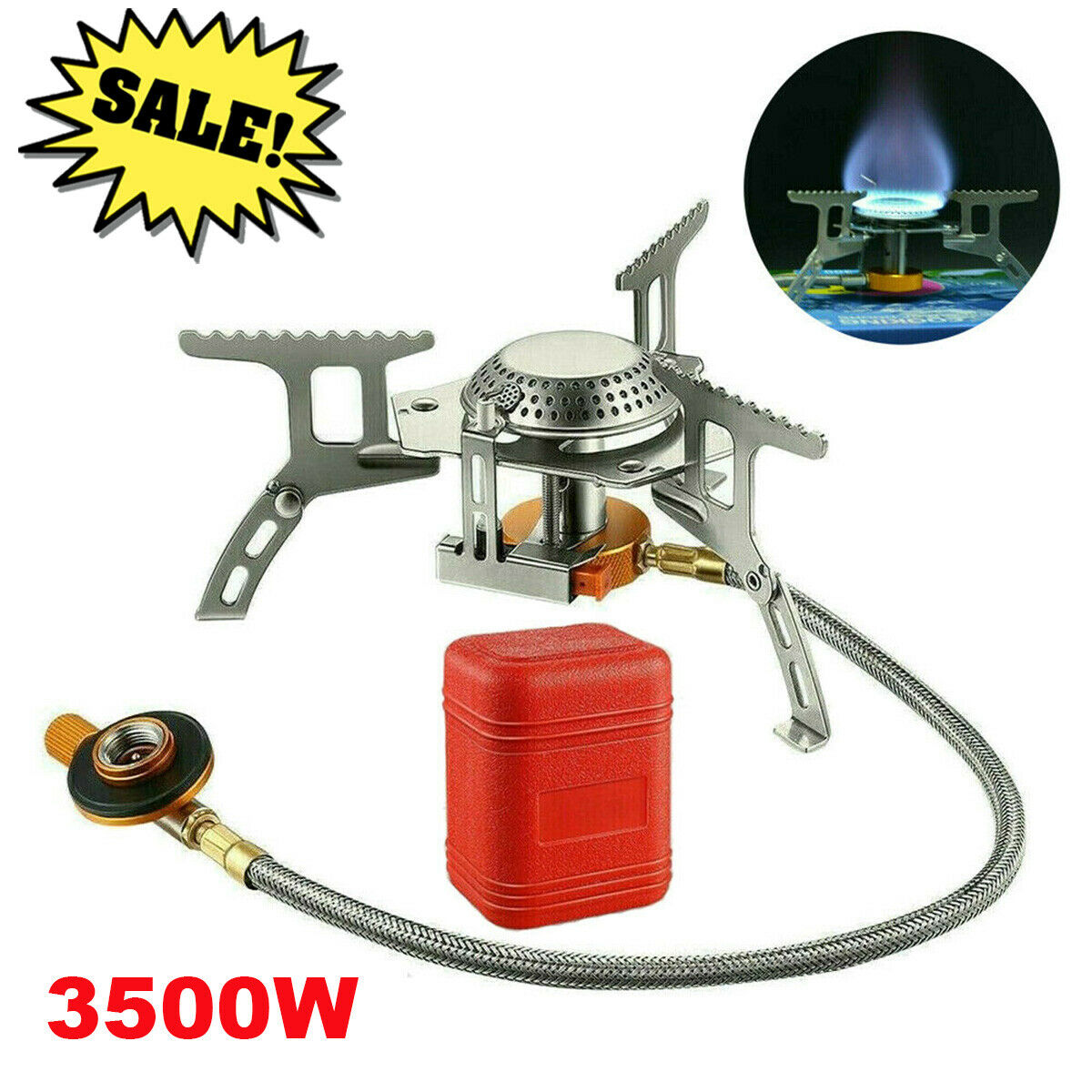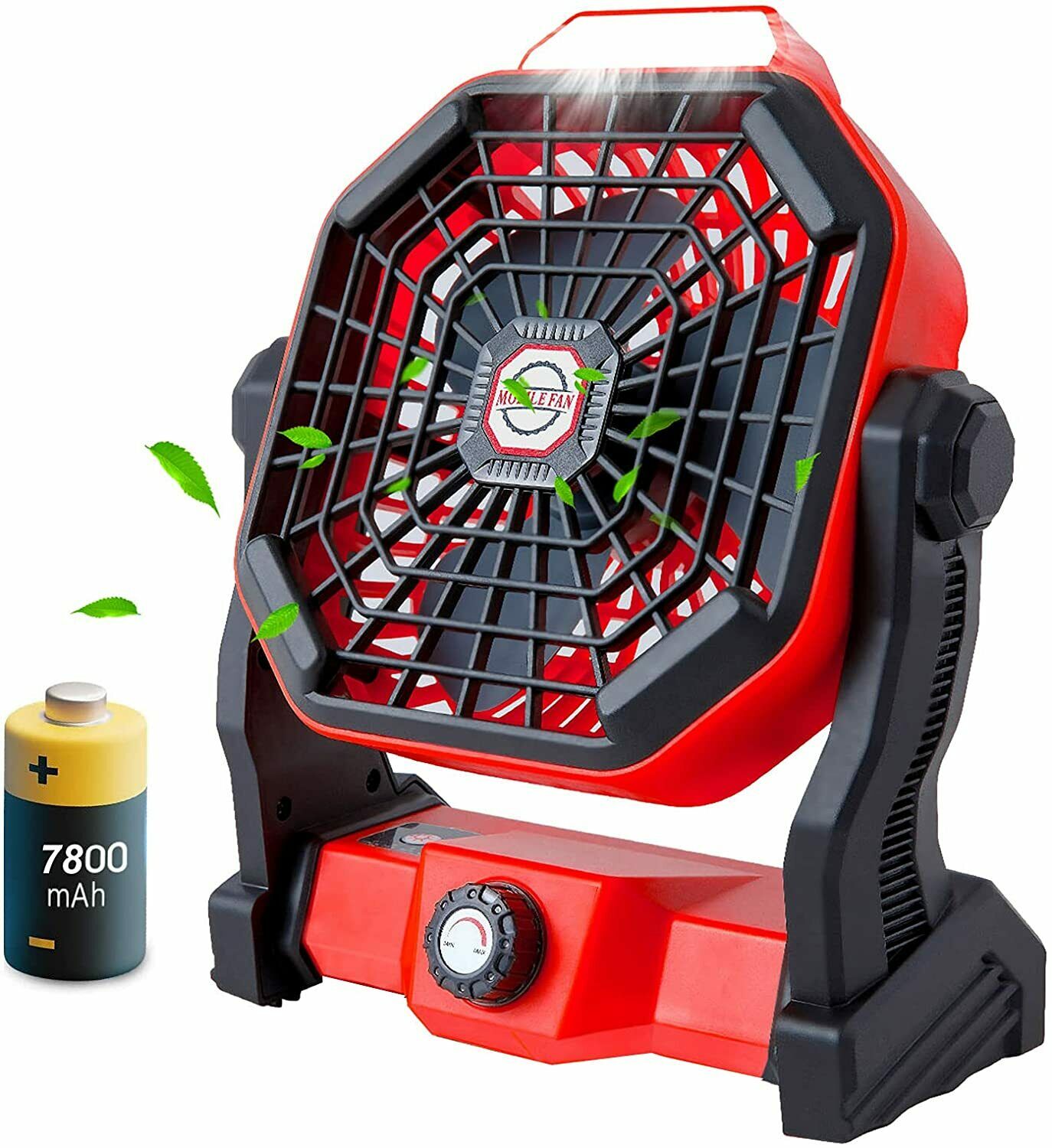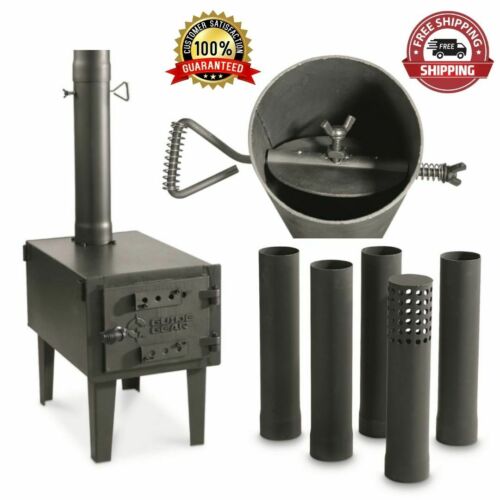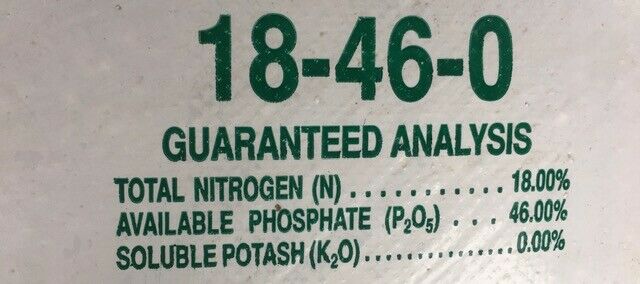Diammonium Phosphate (DAP) 18-46-0 Fertilizer
I purchase fertilizer in bulk. I weigh it on state inspected digital scales so you do get the actual weight of fertilizer you order. The fertilizer is placed in plastic zip lock bags. DAP is the most widely used phosphate fertilizer among growers today. It is manufactured by reacting phosphoric acid and ammonia and contains
I purchase fertilizer in bulk. I weigh it on state inspected digital scales so you do get the actual weight of fertilizer you order. The fertilizer is placed in plastic zip lock bags. DAP is the most widely used phosphate fertilizer among growers today. It is manufactured by reacting phosphoric acid and ammonia and contains two ammonia molecules. In alkaline soil conditions, one of the ammonia molecules in DAP will revert to ammonia, making it an excellent fit for low pH or alkaline soil. DAP itself is alkaline with a high pH, exceeding 7.5. Nutrients in FertilizerPlants need several types of nutrients. Macronutrients are necessary in large quantities. Those that may not be easily available in soil in the right amount are the primary nutrients you find in fertilizer:Nitrogen for plant growth, leaf development and the production of vivid, green colorPhosphorous for root growth and the creation of fruit, seeds and flowersPotassium — sometimes called potash — for root development and resistance to drought and disease Secondary nutrients — oxygen, carbon, hydrogen, calcium, magnesium and sulfur — are also necessary macronutrients but are often available in soil or air. Micronutrients — including boron, chlorine, cobalt, copper, iron, manganese, molybdenum, nickel and zinc — are needed only in small amounts.Before you shop for fertilizer, perform a soil test. You can purchase a home test kit, or send a soil sample to your local cooperative extension office for testing. The results will tell you what to add to the soil to make it ideal for the plants you plan to grow.How to Read Fertilizer NumbersThree prominent numbers on a fertilizer package — known as the NPK value, guaranteed analysis or fertilizer grade — tell you the percentage of available primary macronutrients by weight in the package:Nitrogen (N) content is the first number.Phosphorous (P) content is the second number.Potassium (K) content is the third numberGranular fertilizers deliver food to a plant slowly but have the advantage of longevity.Broadcast applicationThis method, which covers large areas well, is used to apply granular fertilizers to lawns or to new beds before they are planted. The broadcast method can be done with a hand-rotary or drop spreader.Top-dress applicationThis technique, which provides nutrients to individual plants such as shrubs and perennials, is done by hand with granular fertilizers. Simply apply the fertilizer around the base of the plant, extending to the drip line. For vegetables, place the fertilizer in a strip parallel to the planting row.







Comments
Comments are disabled for this post.